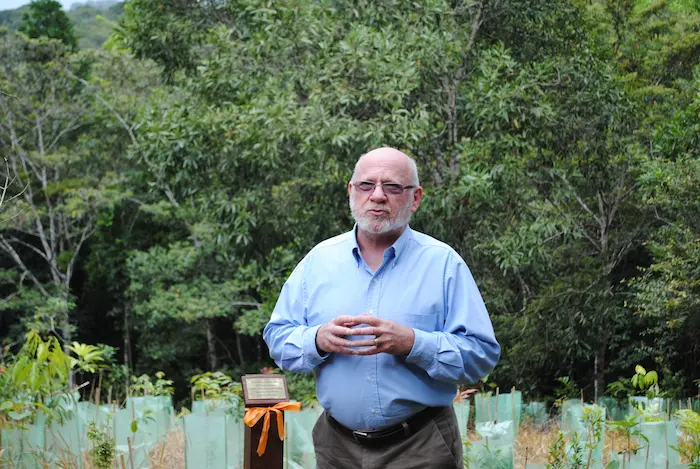
By: Bella Solano
Burning in the Amazon: Different Fires, Different Outcomes
We checked in with Dr. Laura Morales, our lead faculty member at the SFS Center for Amazon Studies (based in the Iquitos region of Northwestern Peru) about the recent fires blazing in the Amazon. Dr. Morales and other faculty members Dr. Steven Sevillanos-Ríos and Dr. Pedro Flores Tenorio shared their thoughts below:
Global attention has been called to the fires raging in the southern Amazon basin during the past two weeks, notable for the high spate in such a short time and for the arrival of dense smoke to major populations centers outside of Brazil’s Amazonian regions (Although not record-breaking according to historical statistics). Here at the SFS Center for Amazon Studies in Peru, you might think that we are also in the thick of it. However, while some regions in the southern Peruvian border with Brazil are experiencing heavy smoke and could be at risk for the spread of these uncontrolled fires, we are located in the northwestern Amazon, thousands of kilometers away and are experiencing it much like you.
Fires do occur in our region of the Amazon but have some major differences with those fires that have garnered global concern. Like in most of the Amazon, fire here is primarily caused by people. But in our region, controlled fires are still being traditionally used as a tool to maintain small-scale agricultural production primarily in a swidden-fallow cycle that, when managed correctly, can be productive and does not require clearing of new, mature forest areas.

Photos courtesy of SFS Dean, Dr. Mark Seifert

In a swidden-fallow cycle, there is a cycle of small-scale clearing, cultivation, agroforestry production of other products and then a period of forest regrowth before the process is repeated on the same plots of land, mostly avoiding the clearing of new forest(1). Though traditional tropical swidden-fallow practices have often been put under the same umbrella as any clearing and burning in the tropics, research has shown that, in fact, such practices can maintain diversity on the landscape(2). In contrast, the types of fires currently raging in the Brazilian Amazon are much more extensive and used to permanently transform forest to cattle pasture or agricultural land, and often follow heavy extraction of timber by illegal logging operations.
Nevertheless, if we hope to avoid a similar fate in our region and other parts of the Amazon, the current situation in Brazil has us reflecting on an important central question: As people are responsible for the majority of Amazonian forest fires, what is motivating an increase in this individual behavior that can have collective consequences? What social and political processes are incentivizing the deforestation and burning scenario we are currently seeing in the southern Amazon? In other words, what circumstances and state policies created conditions for an increase in deforestation?
Many new reports have implied that Brazil’s model for economic development of the Amazon based colonization and transformation, which had slowed in recent years, has gotten a new boost from the country’s new president. This in turn emboldened people interested in short-term extractive exploitation of Amazonian riches, opening the way for agro-industrial and mining operations. This follows the old development model introduced since the colonization of the Americas, basing growth on transformation to a domesticated agricultural landscape and extraction of non-renewable resources. Another contributor may be the weak land-holding power and protection given to Indigenous Amazonian people, whose self-proclaimed interests and livelihood strategies are deemed to be less important than national interests driven by larger urban populations and often viewed as backwards and obstructionist to the interests of more powerful outside players in a nation’s economy. Did the two ideas above give you déjà vu of circumstances you’ve heard about in other areas of the world or even your neck of the woods recently or historically? Clearly this is an idea deserving of more reflection and serious analysis than a blog post can do justice to. I invite you to dig beyond the headlines and question if and how WE need to alter our behavior and policies if we wish to opt for a different model for the future of the Amazon.
1. Vandermeer, John and Ivette Perfecto. 1995. Breakfast of Biodiversity. Institute for Food and
Development Policy.
2. Ravikumar, Ashwin et. al. 2017. Is small-scale agriculture really the main driver of deforestation
in the Peruvian Amazon? Moving beyond the prevailing narrative. Conservation Letters 10(2): 170-177.
Related Posts


